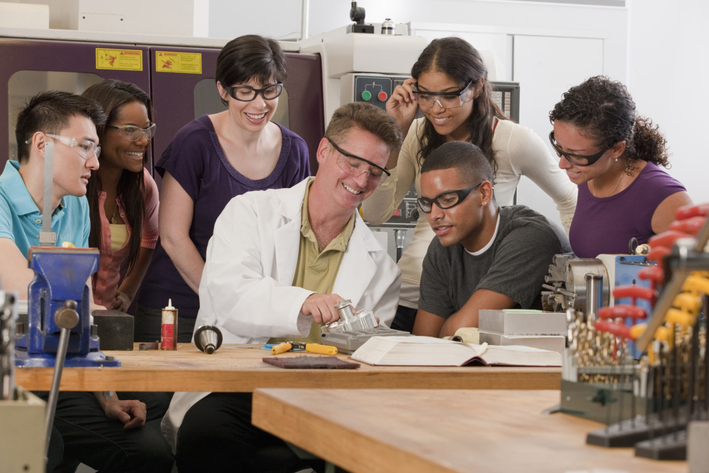Ten Tips for Teachers Safer Schools Series
by Rick Tobin
Authors | Authors in the News | Interviews with Rick Tobin | Ten Tips For Safer Schools Summary Page |
- Ten Tips for Safe Schools for Elementary School Teachers | Store
This unique approach builds on proven methodologies for required emergency and safety subject areas that need to be implemented in classrooms, starting with the youngest students. There are also ideas to make each classroom safer, and each teacher more effective in protecting his/her class, without requiring large new investments of materials and time, but still improving outcomes during practices for emergencies and during real events. The ideas are presented in a straight forward, convenient manner so no one is overwhelmed with acronyms and complicated concepts. These are the basics that work for everyone, no matter what their level of previous emergency experience.
- Ten Tips for Safer Schools for Middle School & Junior High School Teachers | Store
Middle Schools and Junior High Schools require movement of students to different classes throughout the day, making the continuing integration of safety and emergency awareness more challenging for each teacher. This guide provides individual classroom suggestion but also whole-school activities that ensure a wider opportunity for the entire school community, including parents, to participate in the process of readiness. The ideas build on those initiated in the lower grades, but increase in detail and sophistication, while ensuring methods for attracting interest in an age group famous for reduced attention time frames.
- Ten Tips for Safe Schools for High School Teachers | Store
High Schools begin an earnest process of variety in topic areas and curriculum. Even the use of home room settings for safety and emergency briefings is no longer a consistent practice. This unique and more complex guide provides a revolutionary approach for integrating safety and emergency messages directly into the curriculum of the most common topic areas, from geometry to music, and even shop classes. This is a breakthrough approach to build skills that continue into adulthood for protection of the students’ families, or in their chosen professions after graduation. It builds a continuum of safety for a more resilient community.

